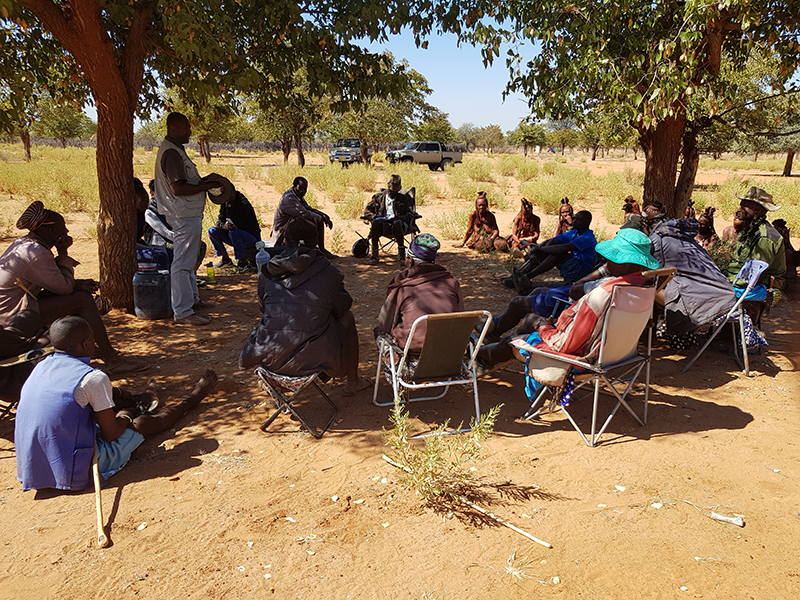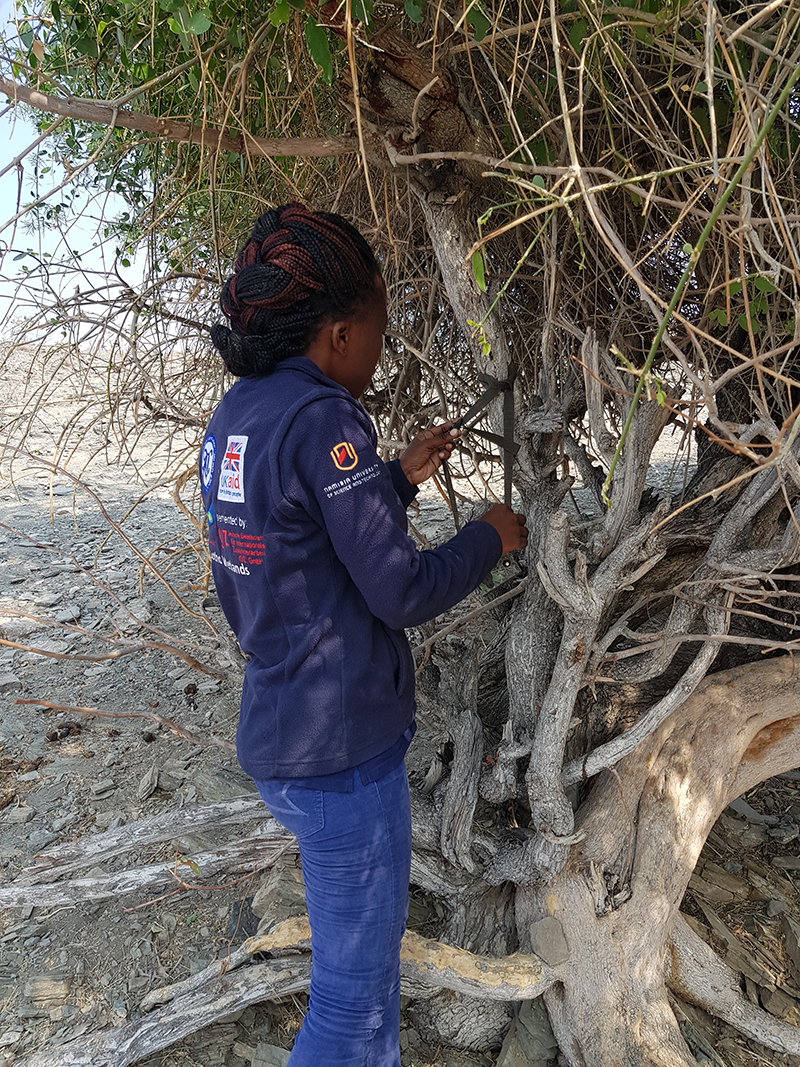An analysis of Human wildlife conflict trends in Marienfluss and Orupembe conservancies in the north-west Namibia.
Date: June 2018 – January 2019
Human wildlife conflict (HWC) is defined as direct interactions between humans and wildlife which result in negative impacts on livelihoods, but also threaten the survival of the species involved in the conflict. Using a case study approach, we determined the temporal trends of HWC in Orupembe and Marienfluss conservancies over a twelve-year period (2005-2016) and studied local perceptions of the conflict. Our analysis of existing HWC data reveals that spotted Hyaena (Crocuta crocuta), brown Hyaena (Hyaena brunnea), Leopard (Panthera pardus), Cheetah (Acinonyx jubatus), and Black-backed Jackal (Canis mesomelas) were the main species causing HWC, while Caracal (Felis caracal) caused the least conflict incidents in the two conservancies. In contrast, communities in Marienfluss viewed Crocodiles (Crocodylus niloticus) as the most problematic animal, possibly due to their perceived threat to human lives. Marienfluss conservancy had a higher mean number of HWC conflict incidents over a 12-year period (51.5±23.5) compared to Orupembe conservancy (43.3±21.4), but the difference was not statistically significant. Most incidents in Marienfluss conservancy occurred in the wet season, while Orupembe conservancy had most incidents occurring in the dry season. This could have been due to prolonged drought in the region, which caused livestock to graze in wildlife areas, hence increased the risk of livestock attacks. The drought may not have affected Marienfluss conservancy as much because the conservancy has a shared river between Namibia and Angola. Marienfluss depends on the Kunene River while Orupembe depends on underground water sources which need to be recharged by rain. As water was limited during the dry season in Orupembe, wildlife and livestock shared the same water points thus increased the interactions between livestock and wildlife. The perception of the community on carnivore numbers was generally in agreement with the recorded sightings of carnivores in the two conservancy. This finding suggests that local knowledge of wildlife trends is reliable and can be used for making management decisions in the absence of expert data. Overall, our findings could help focus allocation of efforts and funds at mitigation during different times of the year when conflict is high in specific areas.
Author(s): Rironderuapi Kavari & Meed Mbidzo


